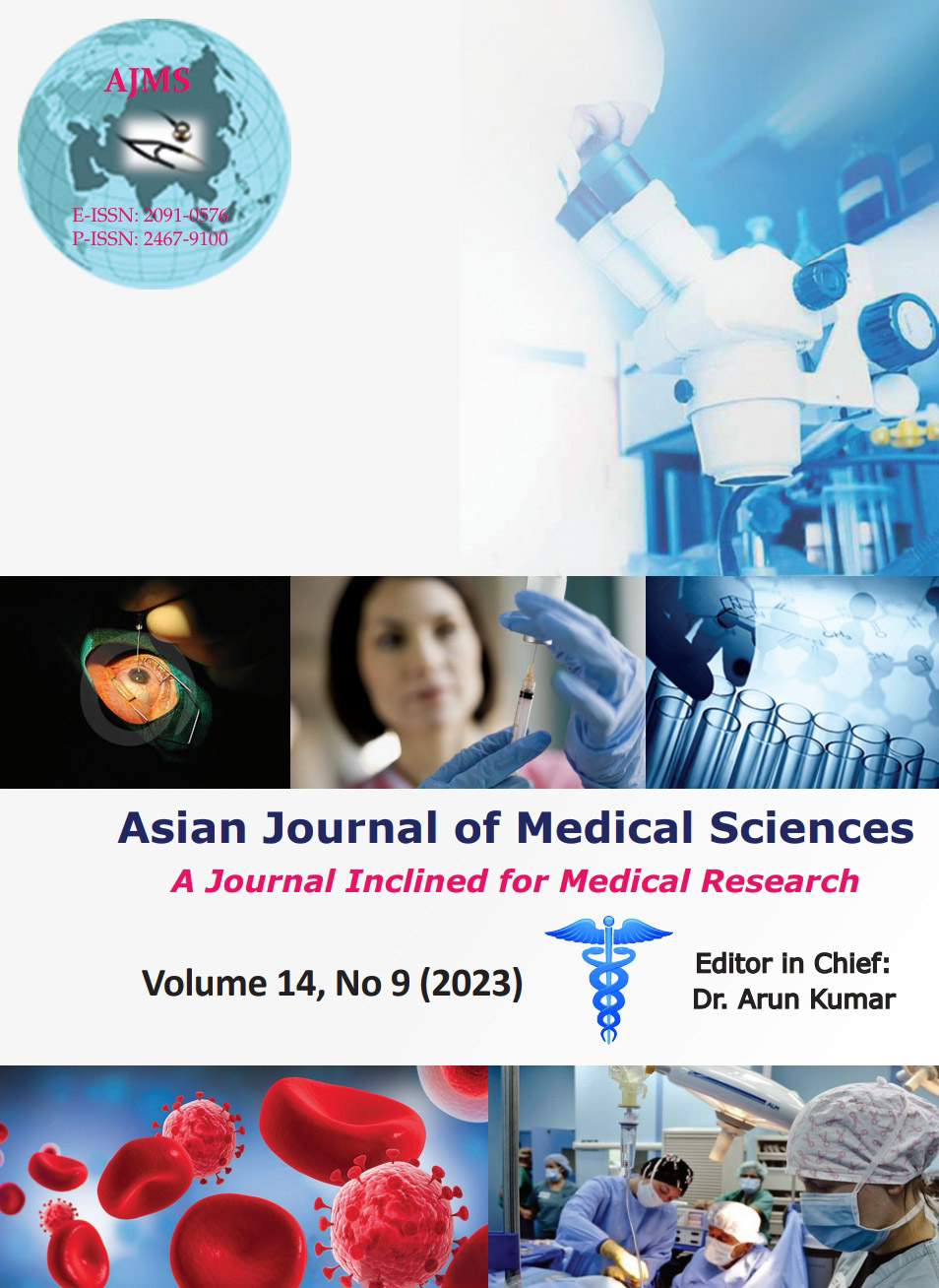A randomized comparative study of patient-controlled epidural analgesia with manual standard intermittent bolus for labor analgesia
Keywords:
Labor analgesia; Patient-controlled epidural analgesia; Visual analog scaleAbstract
Background: Patient-controlled epidural analgesia (PCEA) pump has proven to reduce the incidence of unscheduled clinician interventions and total dose of local anesthetic administered for labor pain.
Aims and Objectives: The aim of the study was to compare the quality of analgesia, maternal satisfaction, amount of rescue analgesia needed, and neonatal outcome between clinician delivered manual bolus doses and PCEA pumps for epidural labor analgesia.
Materials and Methods: 60 parturients of the American Society of Anesthesiologists II scheduled for normal vaginal delivery were randomly divided into two groups, Group A (PCEA) and Group B (Manual bolus). Both groups received an initial epidural bolus of 10 mL of 0.125% Inj. Bupivacaine+20 mcg injection fentanyl. Group A (PCEA) patients received a basal infusion of 5 mL/h with self-administered bolus of 2 mL with a lockout interval of 15 min. Group B patients were provided with a bolus of 10 mL of the same solution manually after every hour. Patients of both groups were given manual rescue boluses for distressing pain (visual analog scale [VAS] >5).
Results: Mean VAS score in Group A was 2.97±0.73; and in Group B, it was 3.03±0.56 (P>0.05). Total bupivacaine use and mean duration of second stage of labor in both groups was found comparable. Mean top-up requirement of local anesthetics was significantly high in Group B. Maternal satisfaction was also higher in PCEA group.
Conclusion: As PCEA pump provides continuous infusion of local anesthetics, there was lesser requirement of top ups of bupivacaine and higher maternal satisfaction score in PCEA group than manual bolus group.
Downloads
Downloads
Published
How to Cite
Issue
Section
License
Copyright (c) 2023 Asian Journal of Medical Sciences

This work is licensed under a Creative Commons Attribution-NonCommercial 4.0 International License.
Authors who publish with this journal agree to the following terms:
- The journal holds copyright and publishes the work under a Creative Commons CC-BY-NC license that permits use, distribution and reprduction in any medium, provided the original work is properly cited and is not used for commercial purposes. The journal should be recognised as the original publisher of this work.
- Authors are able to enter into separate, additional contractual arrangements for the non-exclusive distribution of the journal's published version of the work (e.g., post it to an institutional repository or publish it in a book), with an acknowledgement of its initial publication in this journal.
- Authors are permitted and encouraged to post their work online (e.g., in institutional repositories or on their website) prior to and during the submission process, as it can lead to productive exchanges, as well as earlier and greater citation of published work (See The Effect of Open Access).




